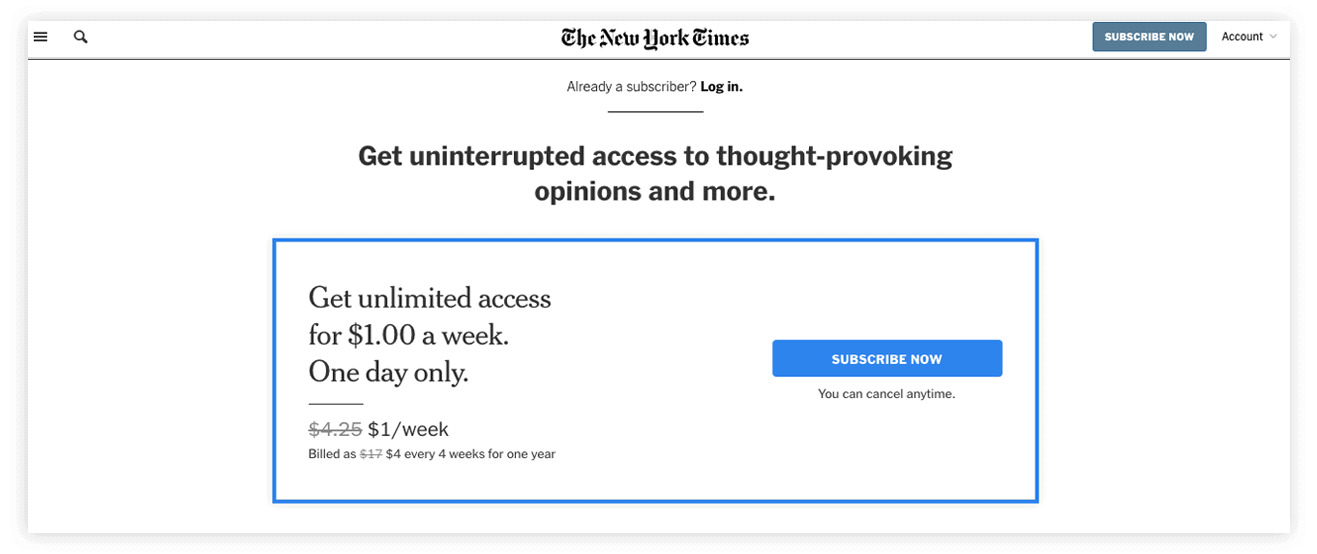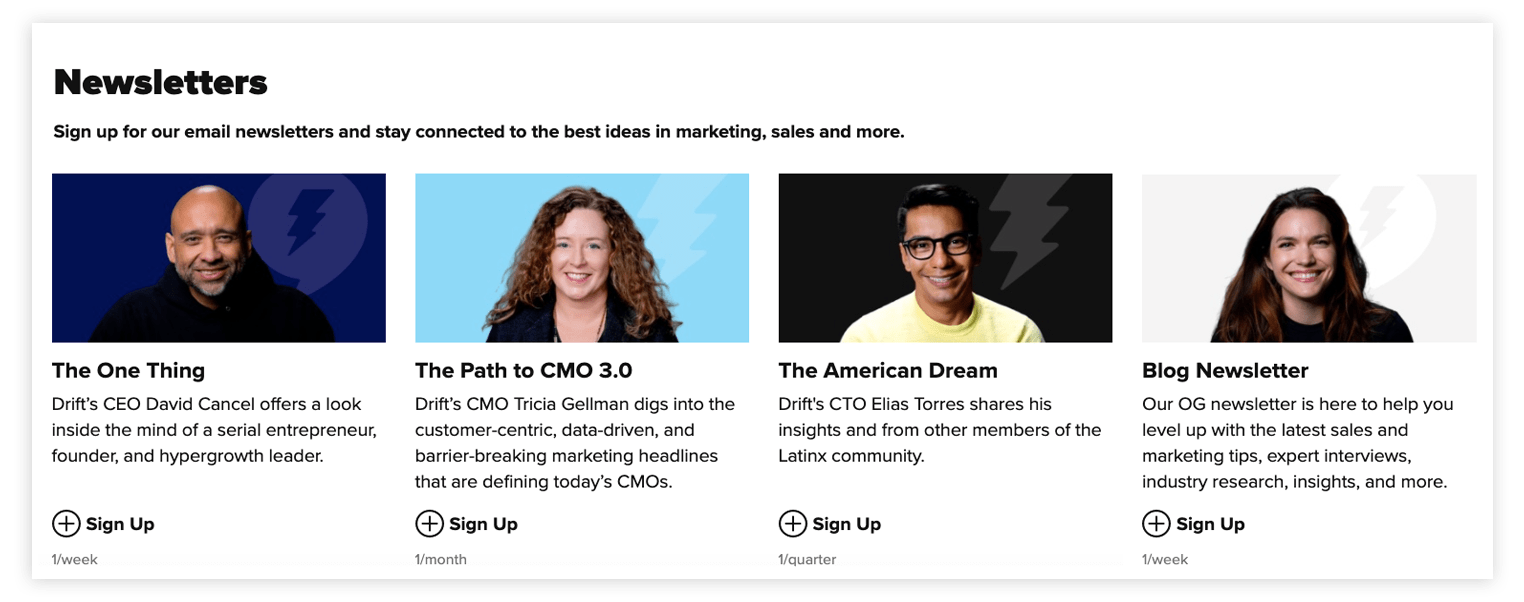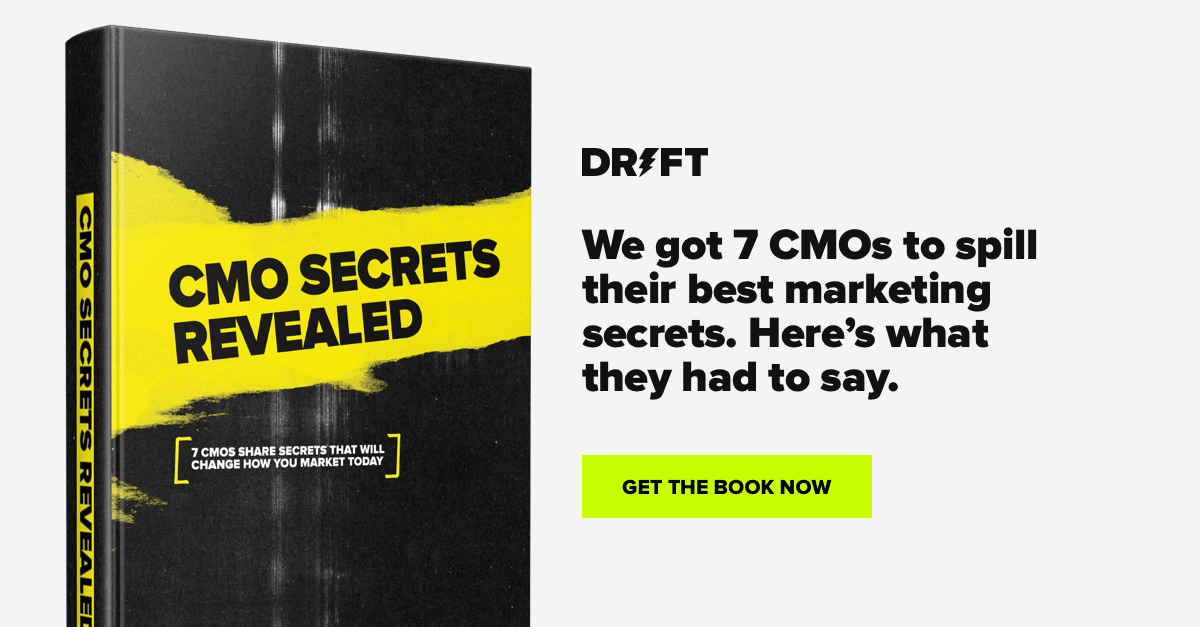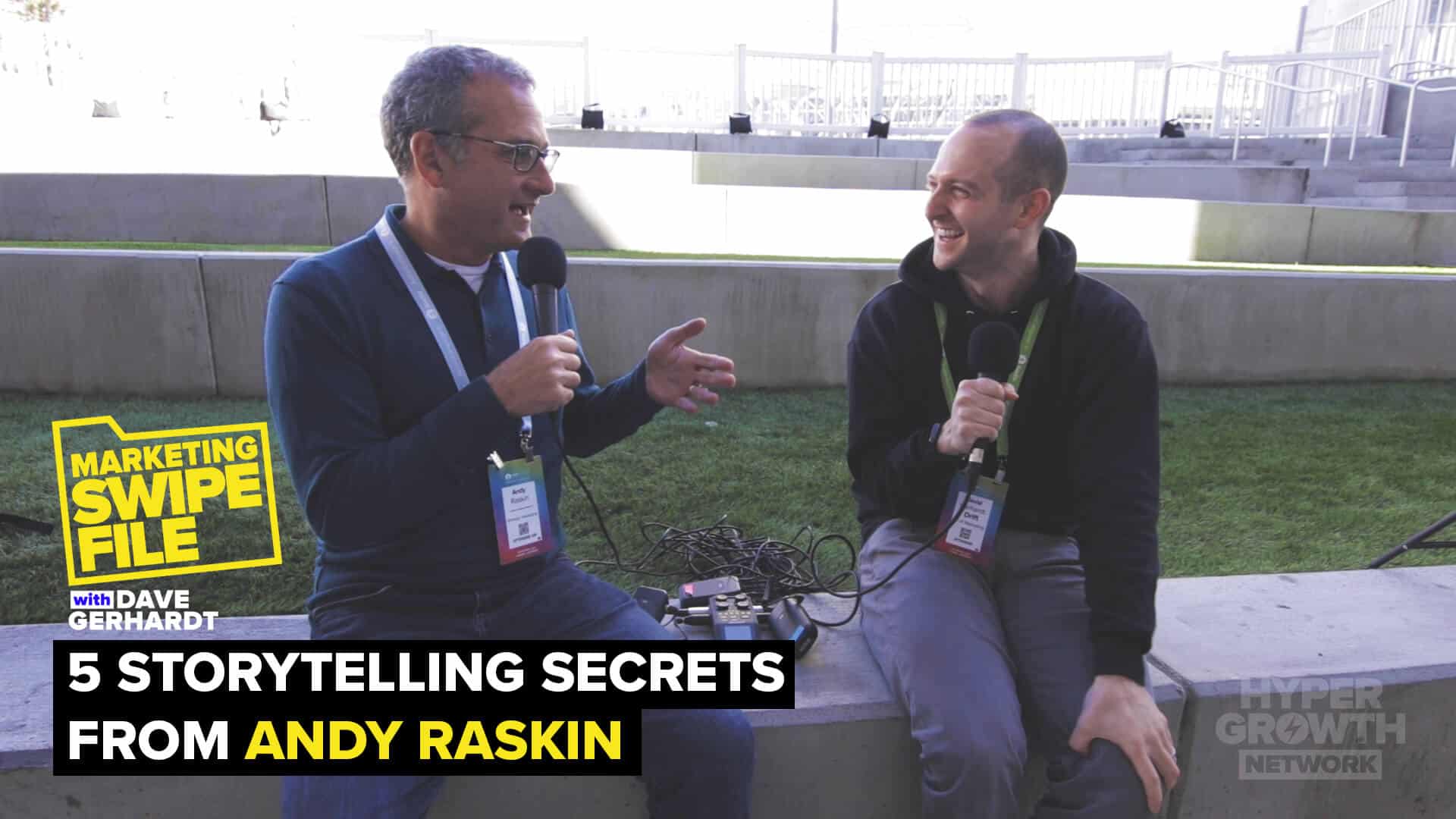I’ve never been so happy to write a predictions post in my life. Why? Because it means 2020 is finally coming to an end – that we can finally look forward to 2021 and all the possibilities it might bring. For many of us, that’s hopefully a return to normalcy – seeing our friends and loved ones and even (sigh) traveling outside our own neighborhoods. And while I am hopeful for the new year, I also know that 2021, at least initially, is going to be difficult. And it’s going to look a lot more like 2020 than we might like. Our budgets might be smaller. Our events will undoubtedly be virtual. And digital will still be our first (and often only) channel.
So what does an uncertain new year mean for the future of content marketing? Here’s what I think is on the horizon for content marketing in 2021.
What are your predictions for content marketing in 2021? Tweet me @gaxelro to let me know.
Premium & Members-only Content Communities
We launched Drift Insider, our members-only content hub for all things marketing and sales, in early 2019. While it’s free to join the community, you still need to do just that – join. And though this model certainly isn’t new (even to Drift), you’re going to see a whole lot more of it, especially from B2B brands.
Why?
Because a members-only community can be an excellent lead magnet. But to make the most of it, a hybrid approach like that of YouTube or even The New York Times is your best bet. Non- and free members can still read and view content. But paying members or members with free accounts get additional benefits like access to more (or unlimited, in the case of paying readers) articles or exclusive video content and live streams.

No matter which approach you take, just be sure to leave at least some content open and crawl-able for SEO to boost traffic. Then include a membership gate to feed your lead funnel, and, in the case of the Times and pay-to-play membership sites like MasterClass and Patreon, your bottom line 💰
A members-only or premium content hub will help your brand boost engagement, foster community (especially in our digital-first world), collect first-party data, and provide more personalized content journeys. But, before you go rolling out your own content community, you better be sure the experience behind the “wall” matches your members’ expectations. You only have one shot to convert a reader into a member. And if you’re not providing value after a user logs in, you’re just adding more friction.
Multimedia Content
It’s a choose-your-own-adventure type world. 2020 has split our focus many times over. Which means if we want people to engage with our content we need to serve it up on their terms, whether that’s written out in a blog post, told through a video, over a podcast, or in a quick-hit newsletter.
Essentially, the more options you provide, the more likely readers are to engage. So don’t just write a blog post, but embed a video explaining the content at the top of the post (make sure you add captions!). Or offer an audio read-out of the same post. We plan to roll out both of these tactics in 2021 😊
Perhaps you’re into podcasting. The same is true here. Use a service like Riverside.fm to record video and audio for your next podcast. And then use both formats for promos or to grow YouTube subscribers.
And lastly, invest and reinvest in newsletters.

How many times have we heard the saying, “email is dead.” And yet, email keeps on ticking. In fact, more than 300 billion emails were sent this year alone. Email is alive and well. And yes, hundreds of thousands of emails go ignored and unopened every single day. But there is room and appetite for exceptional and informative emails. In fact, to most internet users, that would be a delightful surprise.
The real key to building a newsletter audience comes back to providing true value. Don’t just round up every link from your blog. Provide something new and insightful. Give your subscribers a reason to not just open, but read and click through. And bottomline, newsletters work. According to The New York Times visitors are two times as likely to become paid subscribers if they subscribe to a newsletter first. And it’s not just The New York Times that’s seen tremendous success with newsletters. Entire media companies were built around the newsletter and have since grown out of them like theSkimm, Axios, and others.
Stay Scrappy and Look for Quick Wins
2020 has taught us to do more with less. And while it’s in our nature at Drift to “stay scrappy,” we’ve doubled down on this Leadership Principle this year.
How?
We record and transcribe everything.
Remember all those content formats I talked about above? They’re the gift that keeps on giving. One 30-minute podcast interview with your CEO can be turned into social clips and ads, transcribed into a blog, then curated for a newsletter, repurposed into a byline, and once you have 5 or 10 interviews, packaged together into a book. You can also follow the same script for your webinar program. Once your webinar wraps, sure everyone knows to send out a recording, but have you also thought about transcribing the webinar and creating a blog post with corresponding slides as images that point back to said recording? By doing this, your webinars keep on keeping on and drive sign ups and downloads well after the air date.
In 2021, we need to all be smarter about how we reuse, repackage, and reposition the content we already have so it works for new audiences, personas, and business segments. We need to make what we have today go further tomorrow.
Proving Content Marketing’s Worth
For as long as I’ve been a content marketer, content, like PR and social, has had a hard time proving its true business value. Sure, content marketing can boost your organic search rankings. And it can definitely bring people to your site. It can also make your site and brand stickier and fill the top of the funnel. We’ve known all of that for a long time.
But what’s harder to flesh out is the ROI of content marketing. I’m talking about the cold hard numbers. How much MRR and ARR can be attributed to your content? What piece of content caused a lead to convert and when? How many content touchpoints, on average, must a lead have before they convert? The answers to all of these questions and more like it add up to give us a true picture of the value of content marketing. And we’re able to uncover all of this information because of reporting and attribution tools like Bizible that provide deep insights into how content plays a role in the entire buying journey and customer lifecycle. This data not only proves content’s worth, but it can help you better align with demand generation and plan and strategize upcoming campaigns and offers based on what actually works.
2020 ushered in the Revenue Era – it’s time for us all to think like marketers of the future. And that means paying close attention to how our work impacts the bottom line. In 2021, top performing content marketing teams will be thoughtful about goal-setting, more attentive to performance tracking, and more attuned to the impact of their content.
—
If 2020 taught us one thing, it’s that no matter how hard we might try, we can’t predict, let alone control, the future. So while I’ve done my best to offer up what I think might happen in the world of content marketing in 2021, it’s anyone’s guess. All I can say for certain is that things are likely to remain uncertain for a while.
What are your predictions for content marketing in 2021? Tweet me @gaxelro to let me know.









